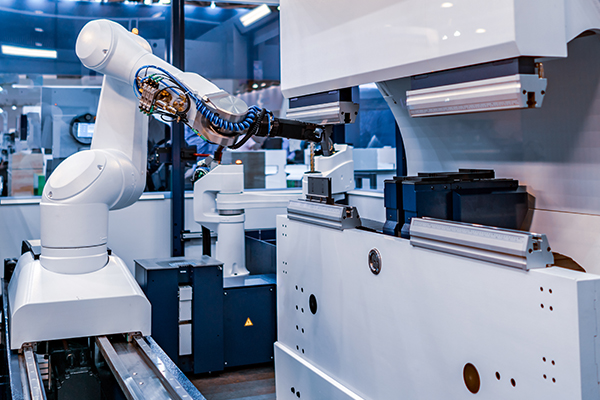Modular F.R.L. Units AC Series represents an advanced engineering concept of integrated pneumatic system infrastructure, focusing on achieving seamless combination of functional units through standardized interfaces. Its core value lies in reconstructing the three core pneumatic processing links of traditional decentralized filtration (Filter), pressure regulation (Regulator) and lubrication (Lubricator) into a modular architecture that can be freely assembled.
The series adopts a unified body design language, allowing users to flexibly stack different functional modules according to actual working conditions - for example, coupling precision pressure regulation components on the basic filter unit, or embedding oil mist separators to expand system adaptability. The modules are interconnected by optimizing the flow channel to achieve low resistance, which not only simplifies the complexity of pipeline layout, but also significantly improves the energy efficiency and space utilization of the system.
The engineering innovation is reflected in the balance between maintenance friendliness and environmental tolerance: the key visual components adopt a double-layer protection structure, and the coordinated design of the inner pressure-bearing unit and the outer transparent protective cover not only ensures the full-circle observation capability of the internal working status, but also isolates the risk of direct erosion of the core components by external corrosive media. At the same time, the tool-free quick-disassembly mechanism between modules makes the replacement process of core components independent of the reliance on traditional maintenance tools, greatly shortening the equipment downtime cycle.
In actual industrial scenarios, this series supports diversified solutions by providing scalable configuration freedom - from compact air source processing of single equipment to centralized pneumatic management of distributed manufacturing systems, rapid deployment and iterative upgrades can be achieved by adding, removing or replacing specific functional modules. This dynamic adaptation capability for Industry 4.0 makes it one of the basic components for building flexible production systems.


